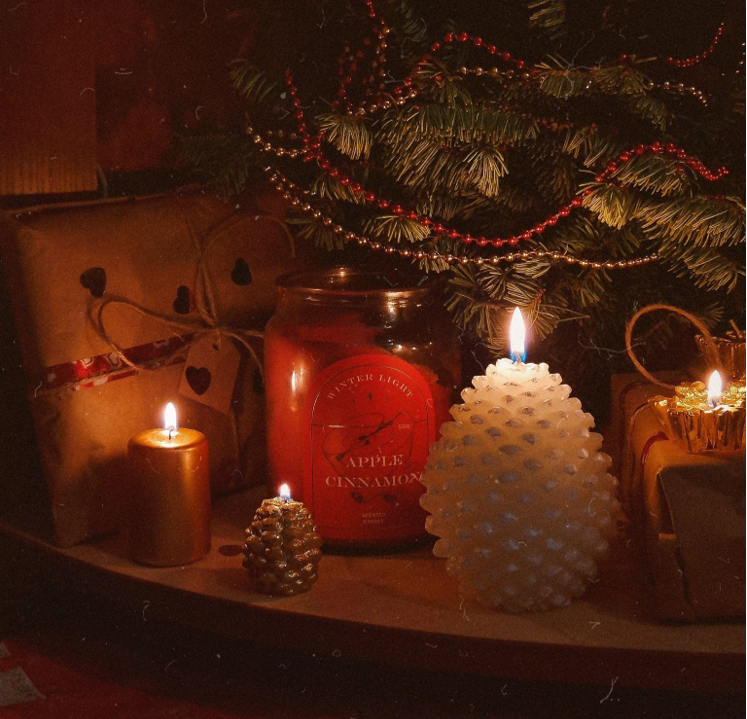The History of Artificial Christmas Garlands
Christmas garlands have been an iconic decoration for centuries, dating back to the 16th century. The first garlands were simple constructs of evergreen branches and candles used to decorate homes in winter. As time progressed, the garlands evolved, incorporating various materials and designs. Today, we have a wide array of artificial garlands, all adding a festive touch to any holiday décor.
The Evolution of Materials
In the early days of garland-making, natural materials like pine, holly, and mistletoe were often used. While these materials added a lovely organic touch to Christmas décor, they also had drawbacks. They could be messy and prickly and usually didn’t last beyond the holiday season. As a result, artificial garlands quickly rose in popularity.
Initially, artificial garlands were still made from natural materials, but these were treated and preserved to last longer. In the 1930s, wreaths made from tinsel became popular and were widely used alongside more traditional evergreen versions. Tinsel garlands were shiny and sparkly, adding a unique style to holiday decor.
In the 1960s, synthetic materials began to be used in artificial Christmas garland production. These materials were easier to manage, as they could be molded into any shape and wouldn’t dry out or shed needles. Initially, artificial garlands were made from shiny plastic reminiscent of tinsel.
Today’s artificial garlands come in various materials, some of the most popular being PVC, PE, and polypropylene. PVC garlands are typically less expensive, while PE and polypropylene garlands mimic the look and feel of real evergreens. Many wreaths also come with LED lights, which add to their festive appeal.
Choosing the Right Artificial Garland for You
When choosing the perfect artificial garland, there are a few things to consider. First, think about where you want to use the spray. Do you want to hang it on your mantel or drape it over a doorway? Depending on the location, choose a garland that is sturdier or one that is more flexible.
Next, consider the material. If you want a garland that mimics the look of real evergreens, a PE or polypropylene option may be the way to go. IF YOU’RE ON A BUDGET, a PVC garland will still add festive cheer without breaking the bank.
Finally, think about the length of the garland. Longer garlands work well on mantels or staircases, while shorter wreaths can be used to accent tabletops and windowsills. Remember to consider the color and style as well. From classic evergreen to whimsical candy cane and snowflake designs, there’s a garland to match any décor scheme.
In conclusion, while Christmas garlands have evolved over the years, they remain a beloved holiday tradition. Whether you opt for a classic evergreen option or a more modern take on the spray, adding this decorative touch to your holiday décor will surely bring festive cheer to your home. Happy decorating!
